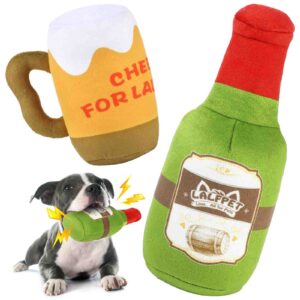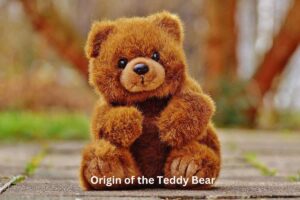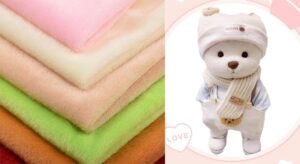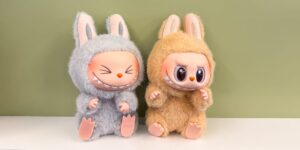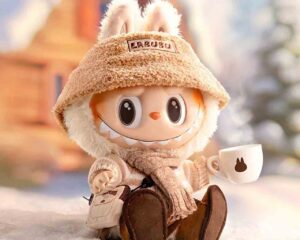Plush toys have a special place in the hearts of children and collectors alike. But what exactly makes a plush toy the most popular? Popularity depends on various factors including design, market trends, and consumer preferences.
Popularity in the plush toy market is defined by sales volume, consumer demand, cultural trends, and brand recognition. Categories like licensed characters, animal plushies, and collectible figures currently lead global sales, influenced heavily by media exposure and customization options.
Let’s explore what drives plush toy popularity and how manufacturers respond to market shifts.
1.What Criteria Define Popularity in the Plush Toy Market?

Popularity goes beyond just high sales numbers; it includes customer satisfaction, brand visibility, and cultural relevance.
The most popular plush toys combine strong sales, positive customer feedback, recognizable designs, and alignment with current trends. Longevity and repeat purchase rates also indicate true popularity.
Sales volume provides a clear measure, but it’s also important to consider:
- Customer reviews and ratings
- Social media buzz and influencer endorsements
- Presence in popular media or franchises
- Versatility across age groups and occasions
- Availability and ease of purchase
| Criterion | Description | Importance |
|---|---|---|
| Sales Volume | Total units sold | Primary quantitative metric |
| Customer Satisfaction | Reviews, repeat buyers | Indicates quality & appeal |
| Brand Recognition | Familiarity and trust | Drives consumer choice |
| Trend Alignment | Fits current cultural or media trends | Sustains relevance |
| Market Longevity | Continuous demand over time | Shows lasting popularity |
A plush toy excelling in these areas is well-positioned to lead the market.
2.Which Plush Toy Categories Currently Lead Global Sales?

Certain plush categories consistently outperform others due to broad appeal and marketing support.
Animal plushies, licensed character toys, and collectible plush figures dominate global sales. Each appeals to different consumer segments from toddlers to adult collectors.
Animal Plushies:
Classic designs like teddy bears, dogs, and wildlife figures remain timeless favorites. Their universal appeal cuts across cultures and ages.
Licensed Characters:
Toys featuring characters from movies, TV shows, or games (e.g., Disney, Pokémon) attract fans and capitalize on existing fan bases.
Collectible Plush:
Limited editions and designer plush toys cater to collectors who value uniqueness and investment potential.
| Category | Target Audience | Market Strength |
|---|---|---|
| Animal Plushies | Children, general buyers | Stable, broad market |
| Licensed Characters | Fans of franchises | High-volume, trend-driven |
| Collectibles | Adults, enthusiasts | Growing niche, premium |
These categories reflect diverse strategies for capturing consumer interest.
3.How Do Trends and Media Influence Plush Toy Popularity?
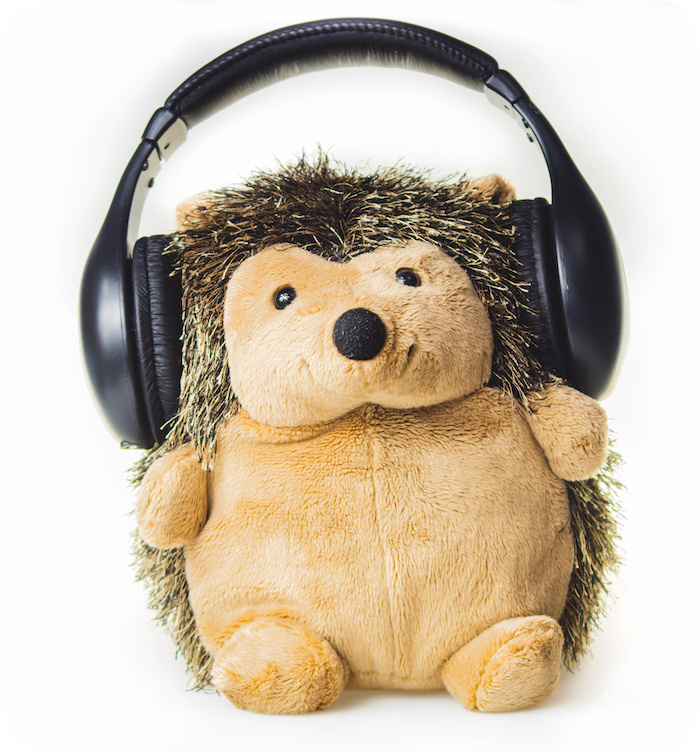
Media exposure and cultural trends have a powerful effect on which plush toys become popular.
Movies, social media influencers, and viral content drive demand for specific plush toys, often creating sudden spikes in popularity and new market segments.
When a movie or show features a memorable character, plush toys of that character often see rapid sales growth. Social media platforms amplify visibility through unboxing videos, reviews, and fan art.
Seasonal events and global phenomena (e.g., anime popularity, viral challenges) can also elevate plush toy demand unexpectedly.
| Trend Source | Influence Type | Example |
|---|---|---|
| Movies/TV | Character popularity | Frozen’s Elsa plush sales |
| Social Media | Viral promotion | TikTok toy trends |
| Seasonal Events | Gift demand spikes | Christmas-themed plush |
| Fandom Communities | Collector interest | Pokémon plush collectibles |
Manufacturers closely monitor these to capitalize on emerging opportunities.
4.What Role Do Licensed Characters Play in Plush Toy Demand?

Licensed plush toys leverage existing fan bases to generate strong and sustained demand.
Characters from popular franchises often outperform generic designs due to emotional attachment and brand loyalty, creating dependable revenue streams.
Licensing agreements allow manufacturers to produce toys that resonate with established audiences. The association with popular characters reduces marketing effort and increases buyer confidence.
However, licensing costs and restrictions require careful financial planning and partnership management.
| Benefit | Explanation | Consideration |
|---|---|---|
| Instant Recognition | Fan base drives initial sales | Licensing fees |
| Emotional Appeal | Fans want collectibles | Contractual limitations |
| Cross-Promotion | Tied to media campaigns | Reliance on franchise popularity |
Licensing remains a cornerstone of many top-selling plush products.
5.How Does Quality and Customization Affect a Plush Toy’s Market Appeal?

High-quality materials and customization options increase consumer satisfaction and differentiate products.
Well-made plush toys with safe, soft fabrics and strong stitching gain customer trust. Customization enables brands to create unique products tailored to market demands.
Consumers today look beyond aesthetics, valuing durability and safety certifications like CE and ASTM.
Customization options—such as embroidered logos, color variations, and special packaging—help brands stand out and meet niche market needs.
| Aspect | Market Impact | Example |
|---|---|---|
| Material Quality | Builds trust, reduces returns | Soft, safe fabrics |
| Stitching Strength | Enhances durability | Reinforced seams |
| Custom Designs | Unique product appeal | Personalized gifts |
| Packaging | Improves shelf presence | Seasonal editions |
Investing in these areas drives long-term brand growth.
6.Which Regions Show the Highest Demand for Specific Plush Types?

Plush toy popularity varies by region due to cultural preferences and economic factors.
North America and Europe favor licensed and collectible plush, while Asia shows strong demand for cute animal plush and character-driven toys.
In North America and Europe, consumers often seek licensed plush linked to popular franchises, as well as premium collectibles.
Asian markets, especially Japan and South Korea, have a strong culture of kawaii (“cute”) toys, driving demand for soft animal plushies and anime-inspired characters.
Emerging markets in the Middle East and South America are growing rapidly, creating new opportunities for diverse plush toy lines.
| Region | Popular Plush Types | Consumer Preferences |
|---|---|---|
| North America | Licensed, collectibles | Brand loyalty, premium |
| Europe | Licensed, classic animal plush | Quality and tradition |
| Asia | Cute animal plush, character toys | Trend-driven, kawaii culture |
| Middle East/South America | Varied, growing interest | Price-sensitive, diverse |
Understanding regional trends guides targeted product development.
7.How Do Manufacturers Predict and Respond to Plush Toy Popularity Shifts?
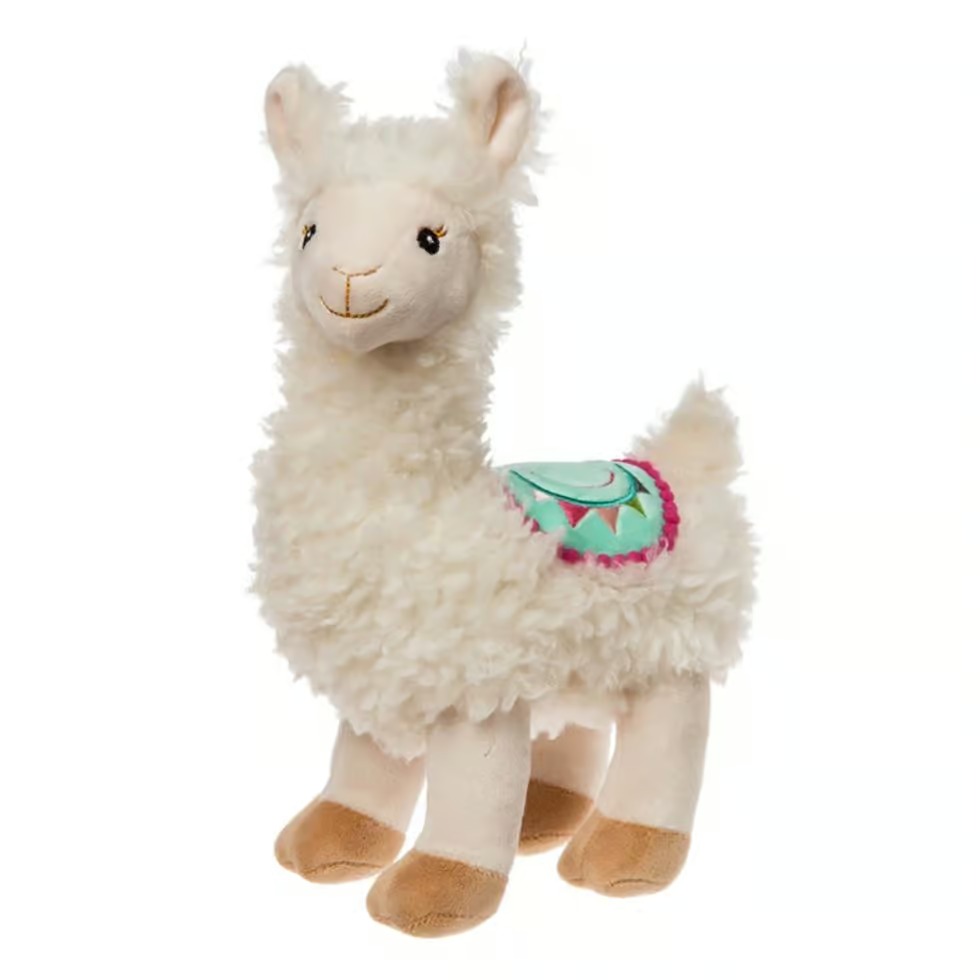
Manufacturers rely on market research, trend analysis, and customer feedback to anticipate demand changes.
By tracking social media, retail data, and influencer activity, manufacturers adjust production and design to align with evolving consumer preferences quickly.
Agile supply chains and flexible OEM/ODM capabilities allow rapid response to trend shifts.
Collaborations with licensors, influencers, and retail partners help manufacturers stay ahead.
| Strategy | Application | Benefit |
|---|---|---|
| Social Media Monitoring | Identify rising trends | Early market entry |
| Retail Sales Analysis | Adjust inventory levels | Reduce overstock risks |
| Customer Feedback | Guide product development | Improve satisfaction |
| Flexible Production | Fast design and delivery | Capture new market demand |
This proactive approach maintains competitive advantage.
Conclusion
Popularity in plush toys depends on strong sales, trend alignment, quality, and regional preferences.
For expert guidance on developing popular, customizable plush toys that meet global standards, contact me at [[email protected]]. Kinwin offers trusted manufacturing solutions tailored to your business growth.





